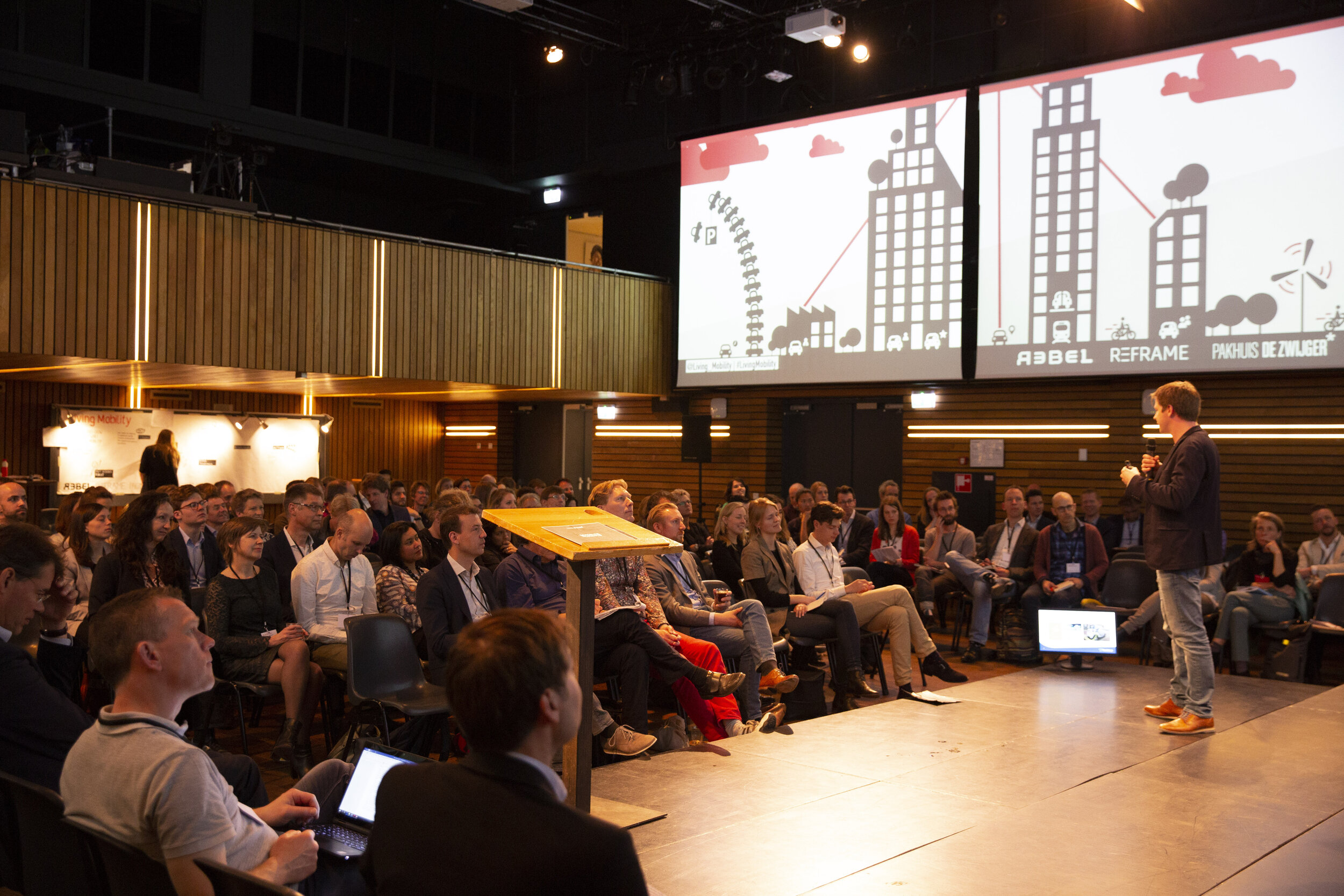Living Mobility

LIVING MOBILITY; MOBILITY IN HOUSING DEVELOPMENT & URBAN PLANNING CONFERENCE
Missed it? Watch the video’s of the event, check the drawing or www.living-mobility.com
We noticed that thinking differently about mobility in urban planning, a more integrap approach, especially in new (urban) areas started to become a hot topic. New ground that everybody wants to move into, but nobody knows how exactly. Also, the worlds or real-estate and urban planning and mobility are not yet that well connected, The idea to organise a conference, as a powerful way to bring something to life, align discussions and make people meet, started growing in january 2017. On 16th of April 2019, Living Mobility took place.
A Transformative change is taking place in the world of urban planning
Mobility forms a fabric of connections between us and the rest of the world. Our social network, education, work and access to facilities all depends on the access we have to mobility and the way we move. We want 'freedom to move’, in the past century this equalled to owning our own car and driving it alone. The car also influenced the way we shaped our living environments, which has a big influence on how we feel and how we move. And there is more….sustainability is the key to the future. In energy and mobility there is a transition going on that can be strenghtened by connecting the two movements.
How do we want to live?
Since last century, areas have been planned in similar ways. Zoning laws have led mostly to separation of uses and also transport has been segregated for safety reasons. The cities of the future need to make room for a growing population, a growing number of cars and experience high pressure to drastically reduce environmental impact. At the same time there are many technological developments and new platforms that could help cities to shape themselves in smart and fluid ways. The living environment defines our hapiness level: social encounters on the street, the marketplaces, green in the neighbourhood and more. Research shows that the more space we get to walk and play on our streets, the stronger the social cohesion. The challenge of our time now is to create built environments that are shaped around people and that are sustainable. Places that give us the opportunity to develop to our social potential and give us the access to the mobility we need.
Urban planning as a philosophy
The first urban planner in history; Hippodamus of Miletus had a philisophical approach to planning. Whis elements do we need to take into account? Let’s embrace that holistic approach again: a mobility plan as part of an area development plan, mixed zoning laws, the building as part of a neighbourhood, an ecosystem. The neighbourhood as part of a city or village. Sustainably shaping buildings in a way suitable to the challenges of our time and the time ahead. Which role does energy play? Will petrol station be replaced by multi purpose hubs? Or will any building be the ‘petrol station; of the future as they provide charging infrastructure?Smart technology and smart cities are buzz words, but where is the human in all of this? It’s not about what is possible, but about what is desirable. That’s why we picked: Living Mobility. How do we pave the way to a desired future?
Living Mobility is the mobility of the living environment
Living Mobility is living mobility, man and machine
Living Mobility is dynamic mobility, always moving
Living Mobility is being embedded in the hardware of the future city

Ananda Groag & Servaz van Berkum over Living Mobility

